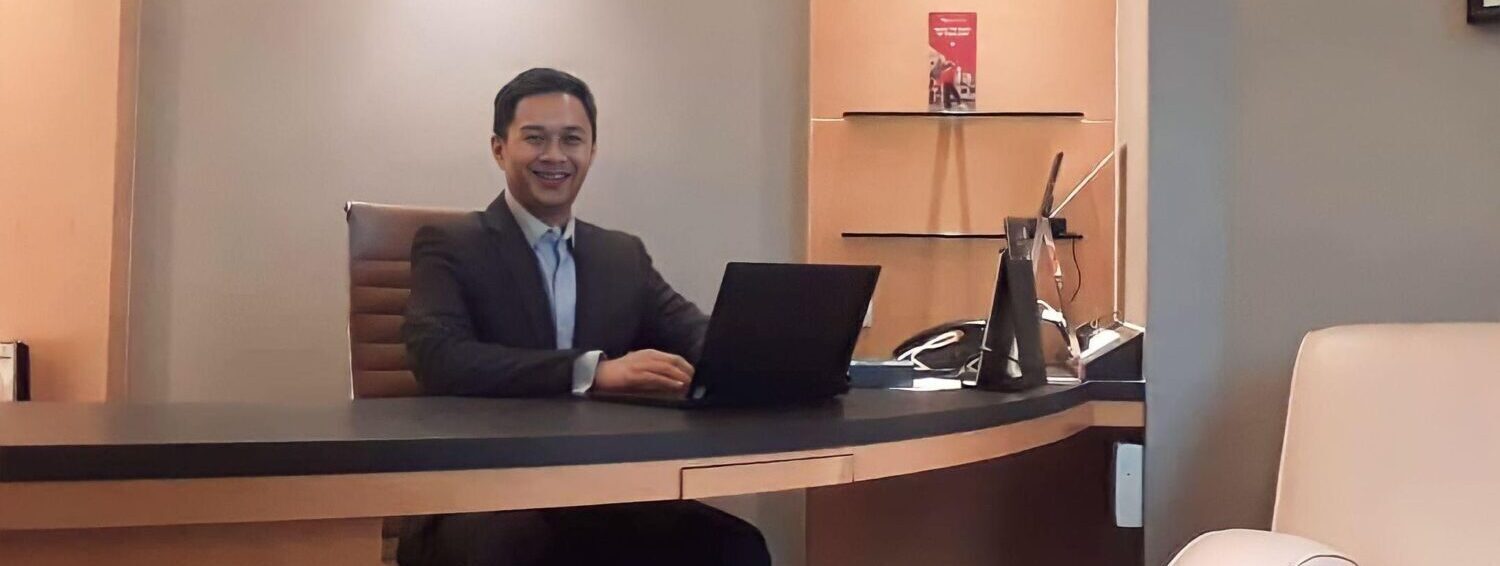Effective communication is a cornerstone of professional success. With the rise of remote work and virtual meetings, executives must now demonstrate their leadership skills not only in face-to-face interactions but also over the phone and on video calls. This shift requires a mastery of executive presence in these virtual mediums to convey authority, confidence, and credibility. Here are key strategies for cultivating executive presence in remote communication:
- Mastering Your Voice
Executive presence begins with the sound of your voice. Whether you’re leading a conference call or presenting in a virtual meeting, your voice should convey confidence, clarity, and authority. To achieve this, focus on the following:
- Tone and Pitch: Maintain a steady and controlled tone, avoiding monotony. Vary your pitch to emphasize key points and maintain engagement.
- Pacing: Speak at a moderate pace, allowing your audience to absorb information without feeling rushed or overwhelmed.
- Articulation: Clearly articulate your words to enhance understanding and project professionalism.
- Effective Communication
- Clear Messaging: Articulate your thoughts concisely and clearly. Structure your communication to include a clear introduction, key points, and a conclusion.
- Active Listening: Demonstrate engagement by actively listening to others and responding thoughtfully. Acknowledge their input and provide relevant responses to build rapport.
- Visual Impact on Video Calls
- Appearance: Dress professionally to reflect your executive role. Ensure a clutter-free and well-lit background to maintain a polished image.
- Eye Contact: Maintain eye contact with the camera to create a connection with your audience. This enhances your perceived confidence and authority.
- Body Language: Project confidence through positive body language. Sit up straight, use purposeful gestures, and avoid distracting habits like excessive fidgeting.
- Technology Mastery
- Familiarity with Tools: Understand the virtual communication tools you’re using. Familiarize yourself with features such as screen sharing, chat functions, and muting to navigate smoothly during meetings.
- Technical Preparedness: Ensure that your equipment, such as cameras and microphones, is in good working order. Technical glitches can detract from your executive presence.
- Building Rapport
- Engage Personally: Take the time to build personal connections with team members. Begin meetings with brief personal updates or anecdotes to foster a sense of camaraderie.
- Empathy: Demonstrate empathy by acknowledging the challenges faced by your team. Show that you understand and appreciate their efforts.
Mastering Executive Presence
Executive presence in virtual communication is a skill that can be honed through practice and conscious effort. By mastering your voice, perfecting your communication style, optimizing your visual impact, embracing technology, and building strong rapport, you can command authority and leave a lasting impression in the remote work landscape. As businesses continue to evolve, executives who excel in virtual communication will undoubtedly stand out as effective leaders in the digital age.


